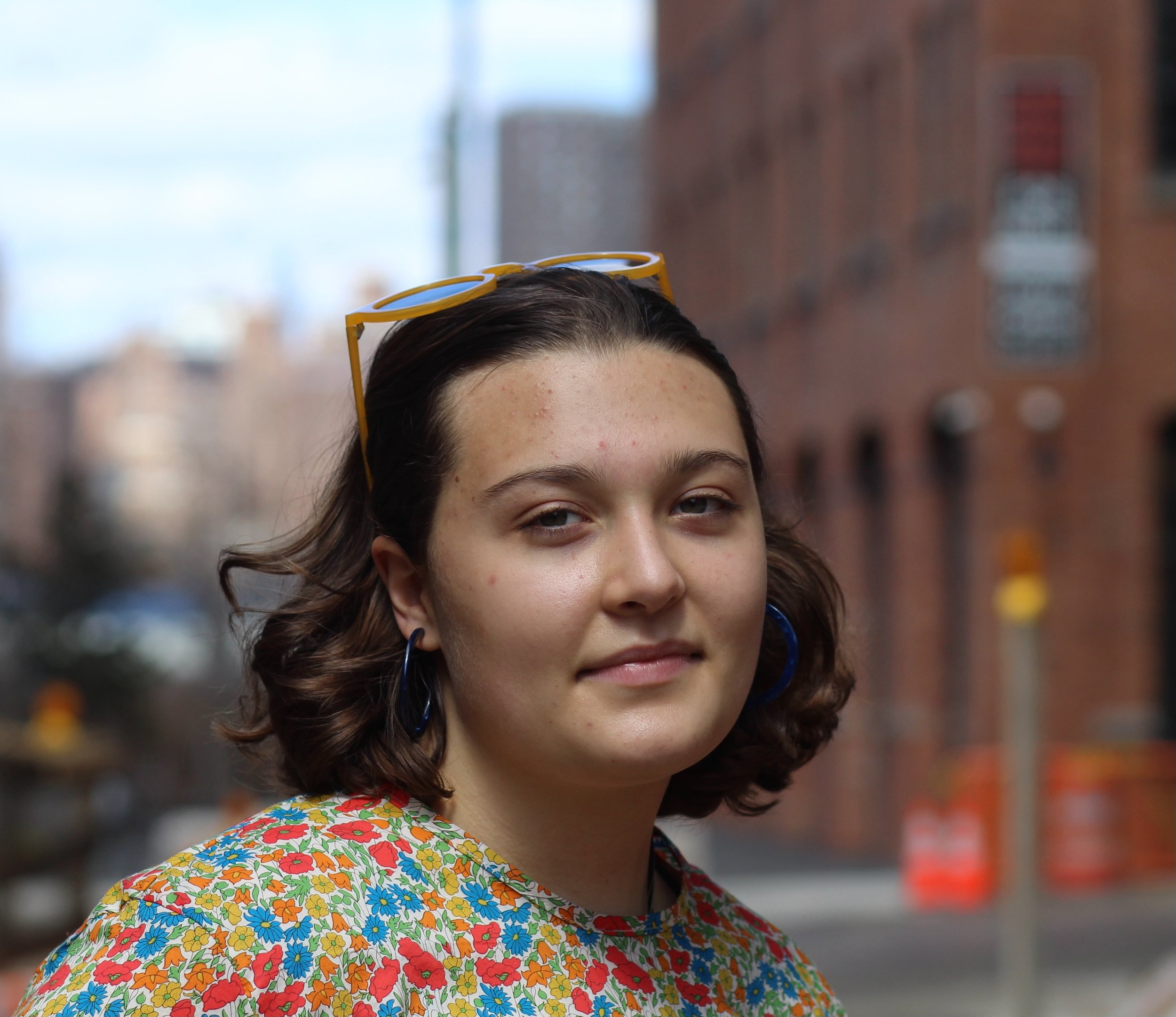After an eventful day of Family and Friends Weekend programming, students and their guests concluded the evening of Oct. 26 by enjoying a tradition of cosmic conversations and observations with astronomy faculty and students in Mount Holyoke College’s oldest continuously-used academic building, Williston Observatory.
Weekly Cortex Café gathering fosters connections among students and faculty
Every Tuesday from 4 to 5 p.m. in Clapp Laboratory’s Lewine Room, faculty members from the Neuroscience and Behavior department of Mount Holyoke College provide snacks and activities for students at the Cortex Café, a meeting for students interested in Neuroscience and Behavior to come together and casually chat about the field.
Northern lights illuminate campus and mesmerize students
Are we seeing the full Blanch picture?: On food sustainability and collective care
Locally sourced fresh vegetables, directly delivered from nearby farms and processed and prepared on-campus. Continuous menu development, maximizing ingredient utility and taste. Intake of student feedback through in-person conversation and Google Forms. Historically innovative plant-based options. Reusable takeout containers. Food scraps composted into topsoil at 360 Recycling and Martin’s Farm Compost and Mulch.
Mount Holyoke Climate Justice Coalition celebrates ‘radical hope’ in climate activism
With the clock ticking down on the threshold to prevent irreversible climate damage, it is easy for the climate crisis to feel like an insurmountable obstacle entirely out of the hands of average citizens, The Guardian reported. For many, hope in the face of the climate crisis can be impossible to pick out of the nihilistic tangle of political inaction and daunting news headlines.
Calling all stargazers: New astronomy club is approved
Aspiring student astronomers, physicists or simply appreciative stargazers need not gaze out into the infinities of space through a telescope to find the perfect extracurricular activity — an out-of-this-world option is available in ASTRO, the new campus astronomy club. The group is becoming an official student organization this semester, according to ASTRO Club President Abbey Hazen ’24.
Mount Holyoke College selects two students for Beckman Scholars Program
Erin Desmond ’25 and Illia Kawash-Cooper ’25 have been selected by Mount Holyoke College to participate in the Beckman Scholars Program, a research scholarship and mentorship program available to students at select institutions across the country, according to their website. Beckman Scholars receive a $21,000 award to pursue a 15-month research project, which is divided across the academic year, two summer sessions and associated conferences and events. Participating institutions are selected each year, with 2023 marking the first year that Mount Holyoke was chosen.
Reproduce This! All about STIs: prevention and testing
Graphic by Sunny Wei ‘23.
By Catelyn Fitzgerald ’23
Science and Environment Editor
According to an article from Planned Parenthood, STIs are “infections that are passed from one person to another during sexual activity.” The use of a barrier — such as a condom or dental dam — is “one of the best ways” to avoid contracting an STI, the article said. This is because they prevent genital skin-to-skin contact as well as the exchange of sexual fluids. Most STIs do not cause any symptoms, so getting tested regularly is an important way to prevent their spread, Planned Parenthood explained. The type of testing used varies depending on the STI but can include a urine test, physical exam or swab. Some tests will produce instant results, while others take between days and weeks.
STI testing is available at Mount Holyoke Health Services and is covered by the Student Health Insurance Plan, according to Dr. Cheryl Flynn of the Health Center. Students with their own private health insurance and the “prepaid plan” can also receive testing free of cost. Health Services offers STI screening for students based on “their sexual behaviors and the risk of infections associated with those,” as well as diagnostic testing for students experiencing symptoms of an STI, Flynn explained. Most tests cost between $20 and $50, with the exception of the Hepatitis B antibody test (around $65), Hepatitis C test (around $68) and the Herpes Simplex I and II test (around $330).
Those without the student health insurance plan will have the cost of the tests added to their Student Bill. Charges are noted as “health center charges” on the Student Bill, with no further details about the visit, Flynn said. Students are informed of their results, positive or negative, through My Health Connection. Health Services also offers STI treatment, typically consisting of antibiotics or antiviral medications which are often available on-site. According to Flynn, for treatments that the health center does not carry, such as HIV and Hepatitis C, patients are referred to a specialist.







